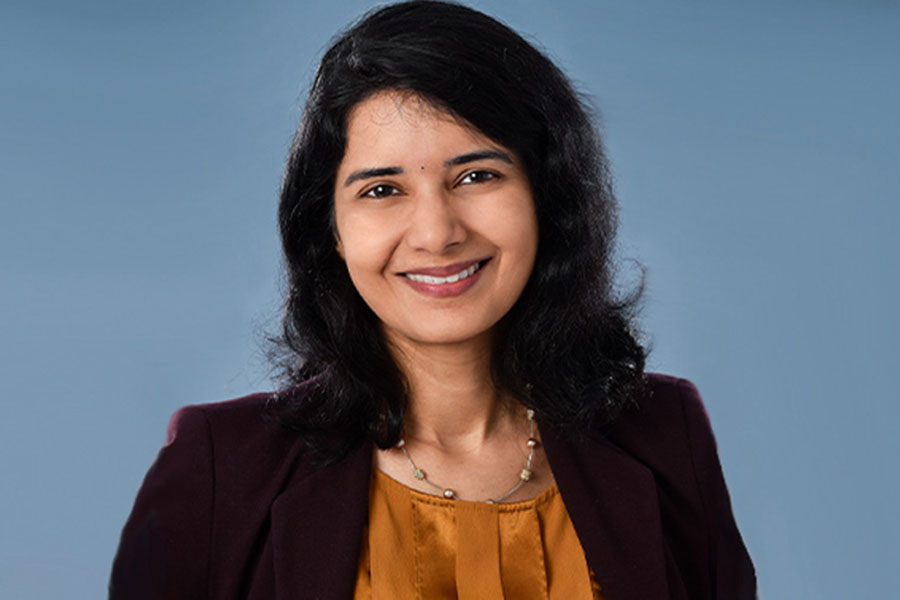Current approaches for selecting liver transplant recipients do not adequately safeguard against sex-based bias. This study out of UHN proposes a way to address this inequality. (Photo: iStock)
Despite new, more equitable approaches for allocating donor livers to patients, women are at a disadvantage and are more likely to die waiting for a transplant than men. A recent study in JAMA Surgery identified a strategy to address this disparity.
The study was led by Dr. Mamatha Bhat, a hepatologist and scientist in UHN’s Ajmera Transplant Centre and first author and fellow Dr. Ravikiran Karnam.
“We explored whether access to living donation could improve women’s chances of receiving a donor organ,” says Dr. Bhat.
Liver transplantation is the only treatment available for patients with end-stage liver disease. Because the demand for donor livers is greater than the supply, medical professionals select the patients who are most in need. To do this, a test, known as the Model for End-stage Liver Diseases (MELD), is used.
Although MELD has helped to improve how donor organs are allocated to those in need, inequalities remain. Because of a number of factors like a person’s height, the amount of muscle mass or the size of the liver, women’s MELD values are lower than men’s for the same severity of liver disease. A previous study suggests that this reduces women’s chances of receiving a liver by half.
To address this issue, Dr. Bhat led a clinical study to see whether access to living donation could improve women’s chances of receiving a transplant. The study included 1,289 adult patients on the waiting list for a liver transplant at UHN in Toronto and living donations were received from the Living Donor Liver Transplant Program – the largest program of its kind in Canada – led by Drs. Mark Cattral and Nazia Selzner.
When patients had access to deceased donors, the chances of receiving a transplant were higher in men than in woman. However, when patients had access to a living donor, the chances of receiving an organ were equal between men and women.

“Our findings suggest that expanding access to living donor liver transplantation across transplant programs could help overcome the multifaceted problems of access to organs from deceased donors,” clarifies Dr. Bhat.
“While access to living donation benefits both men and women, this approach has the potential to particularly help women, who are at a disadvantage for deceased donor organs on the waiting list,” comments Dr. Bhat. “What we show here is that, by performing living donor liver transplants, our program is able to alleviate sex disparity on the waiting list.
“Our work also highlights the need to refine current clinical tests such as MELD to ensure that the process of organ allocation is truly unbiased.”
This work was supported in part by UHN Foundation donors.
